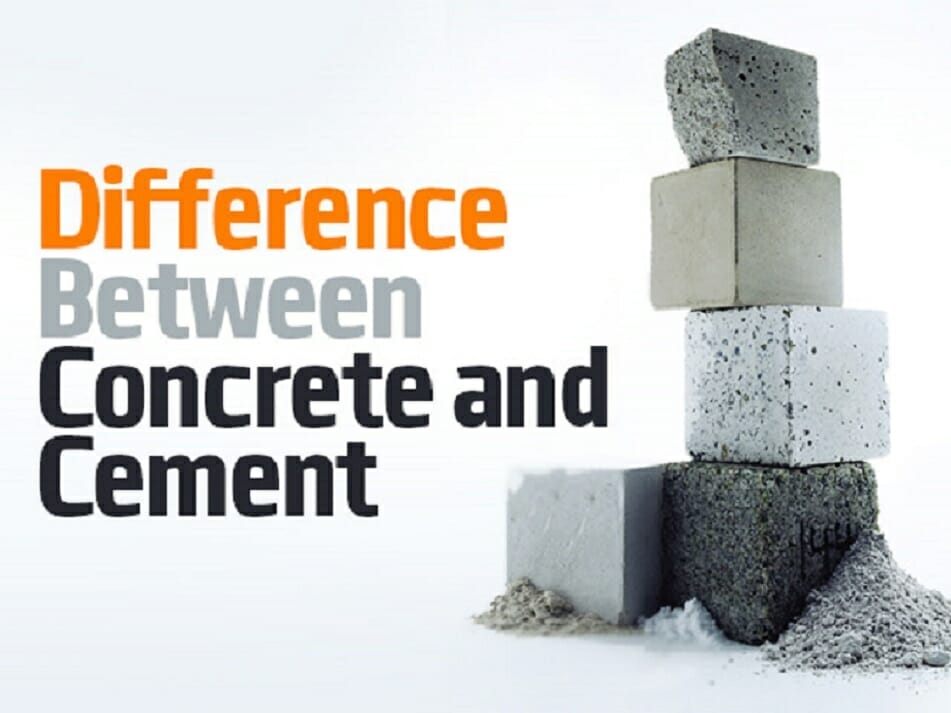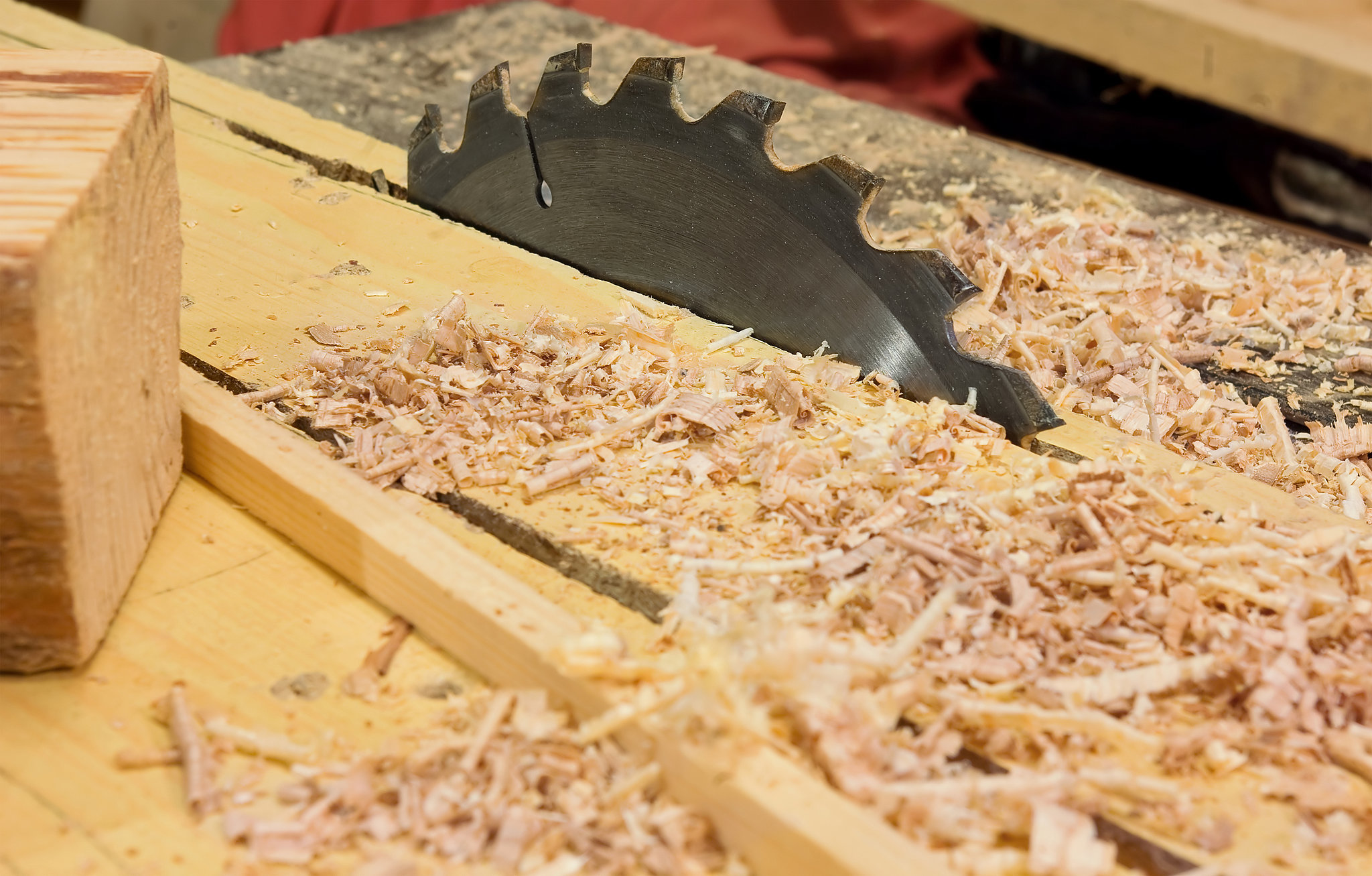Self-Healing Concrete
When concrete cracks, engineers can only wish that no leakage lets water pass through and reach the reinforcement bars. Because when that happens, the steel will corrode, weakening the concrete’s structural integrity. This poses a risk of a collapse.
There is no provision for such building material to fix itself – until a team of microbiologists developed a self-healing concrete thanks to a specific strain of bacteria.
Led by Henk Jonkers of Delft University of Technology in the Netherlands, the team invented what they call as bioconcrete, which fixes itself when it is fractured. The bacteria, which is embedded in the concrete, fills the crack with limestone.
The researchers found that a bacteria species called bacillus is perfect for the harsh environment for life inside concrete. It thrives in alkaline conditions and produces spores that can survive for decades without food, water, or oxygen.


Photos by Delft University of Technology
“The next challenge was not only to have the bacteria active in concrete, but also to make them produce repair material for the concrete – and that is limestone,” Jonkers explained.
In this regard, the team first considered adding sugar directly into the concrete mixture but this was found to soften and weaken the building material.
Eventually, they used calcium lactate and formed it into tiny biodegradable beads together with the bacteria, encapsulated using biodegradable plastic. These beads are mixed in while the concrete is still wet.
When the concrete forms fractures, as the study figured out, it splits open the beads, releasing the calcium lactate and the bacteria. Since the cracks welcome water to seep in, there is moisture – and this moisture activates the dormant bacteria, multiplies them, allows to feed on the lactate, and forms calcite or limestone after the calcium and the carbonate ions combine. This eventually closes up the cracks.
Jonkers is hopeful that this self-healing concrete could start a new age of biological buildings.
“It is combining nature with construction materials,” he said. “Nature is supplying us a lot of functionality for free – in this case, limestone-producing bacteria.
If we can implement it in materials, we can really benefit from it, so I think it’s a really nice example of tying nature and the built environments together in one new concept.”
Source: CNN | Digital Trends
Self-Healing Concrete in Dubai, Self-Healing Concrete in Philippines, Self-Healing Concrete in Asia, Self-Healing Concrete in China, Self-Healing Concrete in Middle East, Self-Healing Concrete in Africa, Self-Healing Concrete in Europe


















